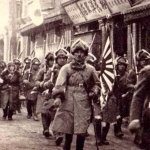
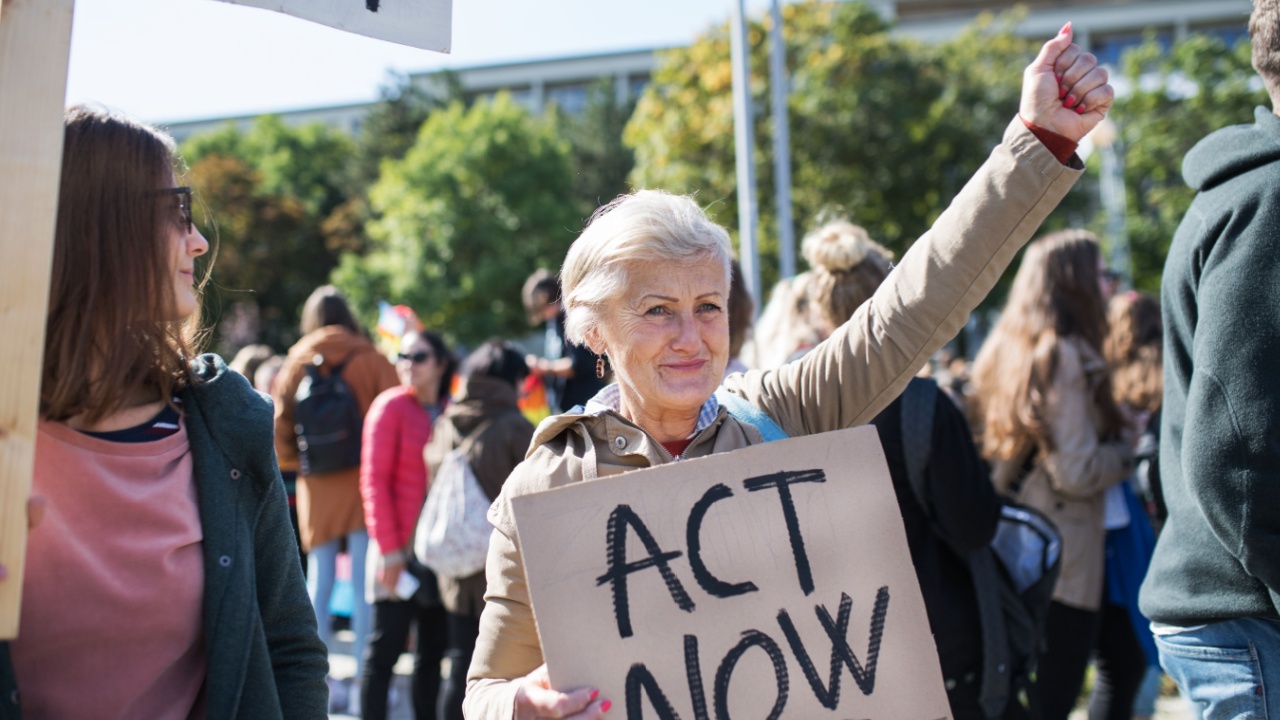
Social unrest can erupt with little warning, putting you and your loved ones at risk. But the signs are there if you know where to look.
This article will explore the subtle indicators of looming social unrest that are often overlooked. Being aware of these signs can give you the edge in staying safe.
We focused on these warning signs because they’re the most commonly missed and can provide critical early alerts. By understanding these, you’ll be better equipped to protect yourself before chaos ensues.
1. Increased Protests
When you start seeing more protests and demonstrations, it can be a sign of growing discontent. Large gatherings of people expressing their frustrations can indicate underlying issues. Pay attention to the frequency and size of these events. Also, note the causes of the protests to understand the specific grievances.
2. Rising Crime Rates

While spikes in crime rates can sometimes coincide with social instability, it’s important to note that not all increases in crime are directly linked to social unrest. Other factors, such as economic downturns or policy changes, can also contribute to rising crime rates.
3. Political Tensions
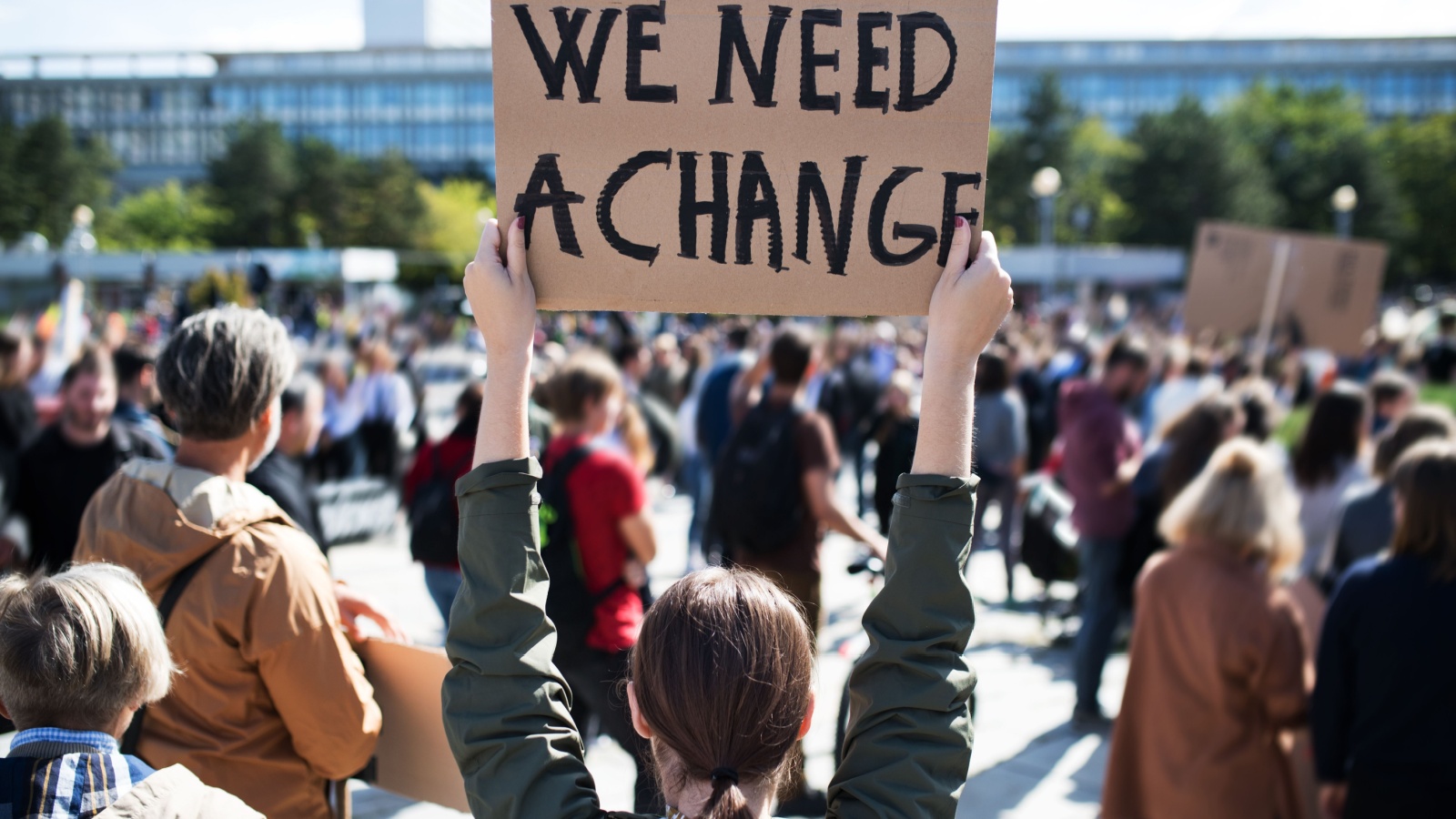
Heightened political tensions and conflicts can lead to social unrest. When political leaders and parties are at odds, it can trickle down to the general population. Watch for signs of political instability, such as frequent changes in leadership or heated public debates. Monitor political news closely to catch early signs of escalating conflicts.
4. Economic Hardships
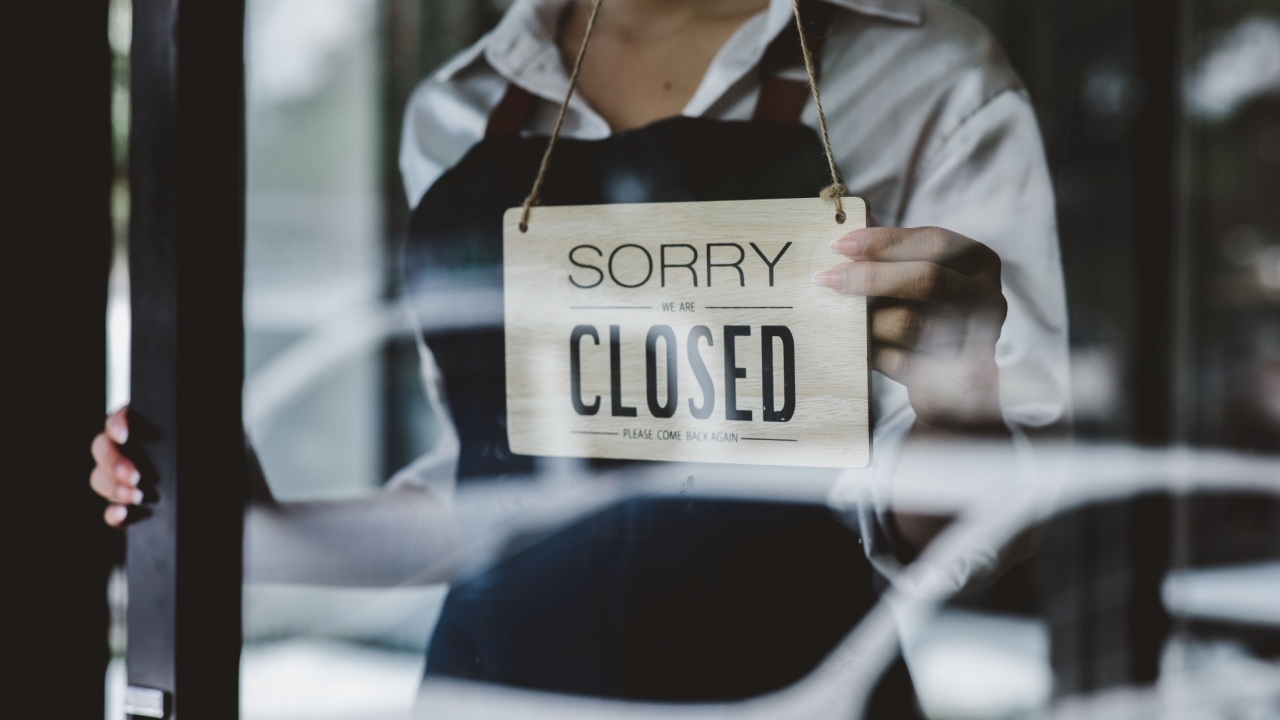
Economic difficulties, like high unemployment rates and inflation, can cause widespread frustration. When people struggle to make ends meet, they may become more likely to protest or engage in disruptive behavior. Monitor economic indicators to gauge the overall financial health of your community. Pay attention to local business closures and layoffs as additional indicators.
5. Social Media Activity

Social media is indeed a powerful tool for organizing and spreading information. However, increased social media activity alone does not always correlate with actual unrest, as online discourse can be amplified by bots or other factors. It’s important to cross-reference social media trends with on-the-ground events.
6. Strikes and Labor Disputes
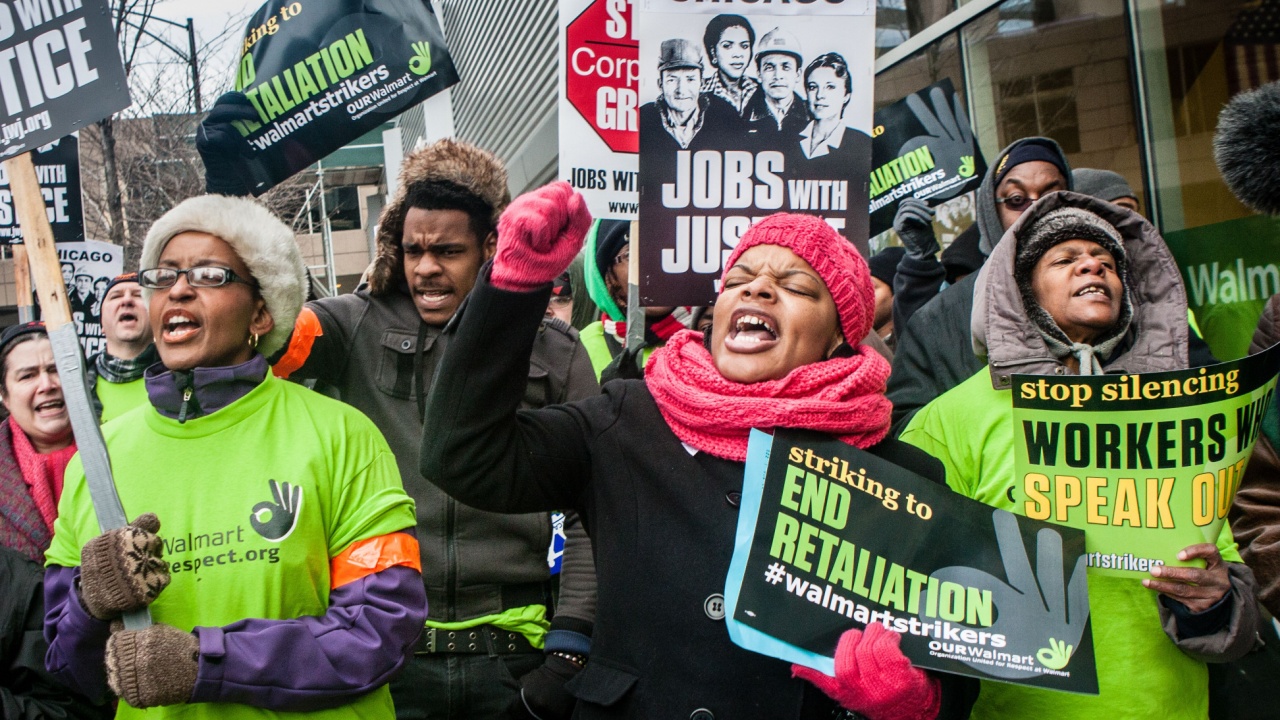
Frequent strikes and labor disputes can indicate dissatisfaction among workers. When people are unhappy with their working conditions or pay, it can lead to larger social issues. Keep an eye on news about labor conflicts in your area. Notice if these disputes are spreading to multiple sectors or industries.
7. Public Services Disruptions
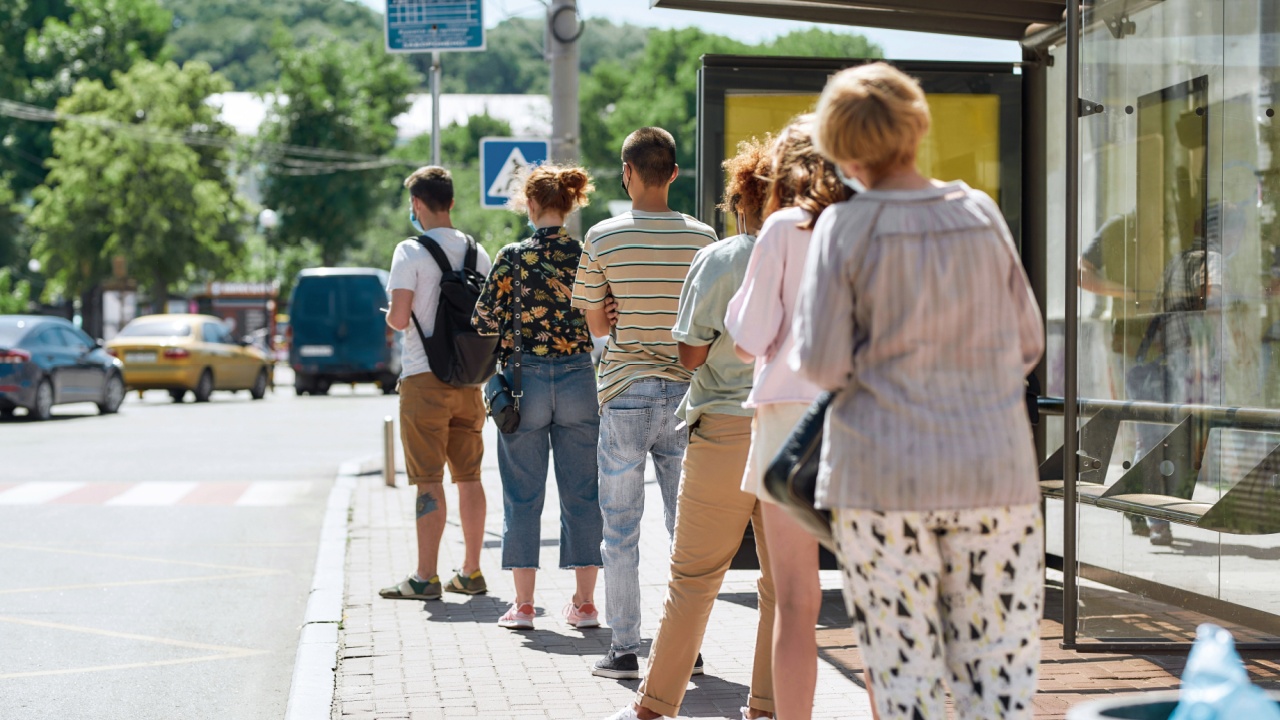
Interruptions in public services, like transportation, healthcare, and sanitation, can be a sign of underlying problems. When essential services are disrupted, it can lead to increased frustration and unrest. Stay informed about any issues affecting public services. Also, check for any announcements from service providers about potential long-term disruptions.
8. Media Censorship
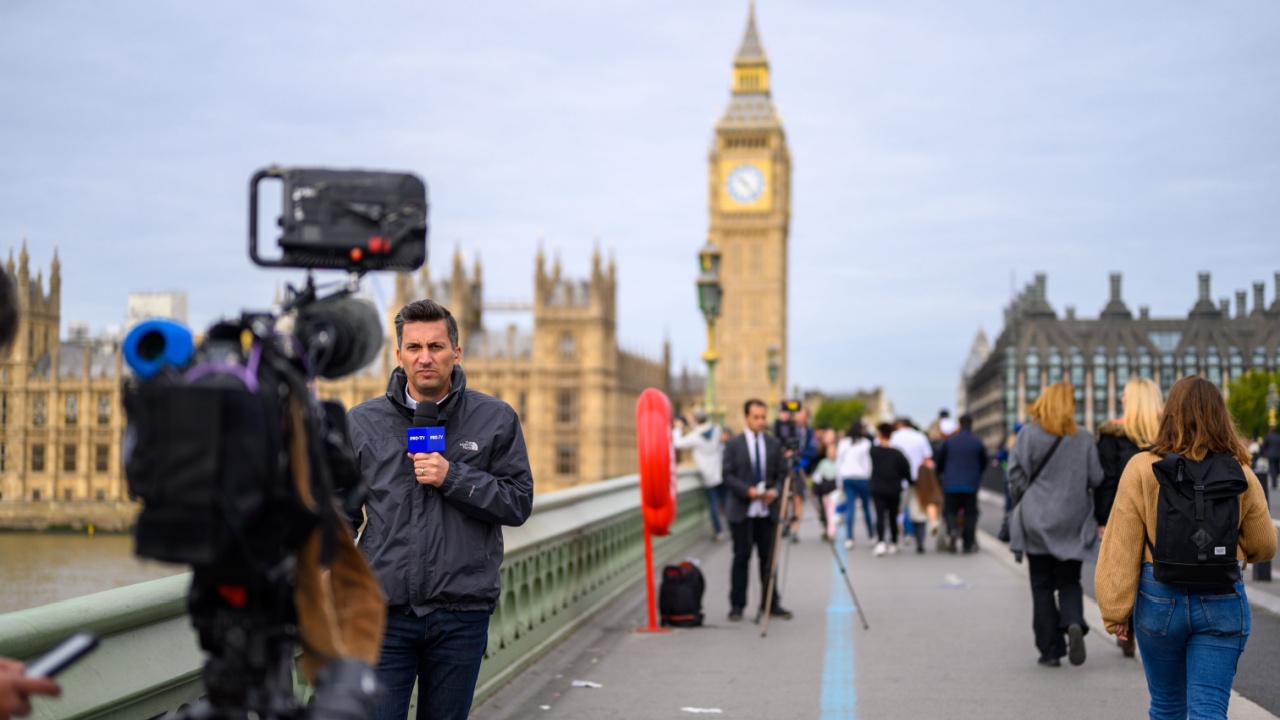
When the media is censored or restricted, it can be a sign that authorities are trying to control information. This can indicate that there are issues they don’t want the public to know about. Pay attention to changes in media coverage and access to information. Compare reports from multiple sources to get a clearer picture.
9. Increased Military Presence
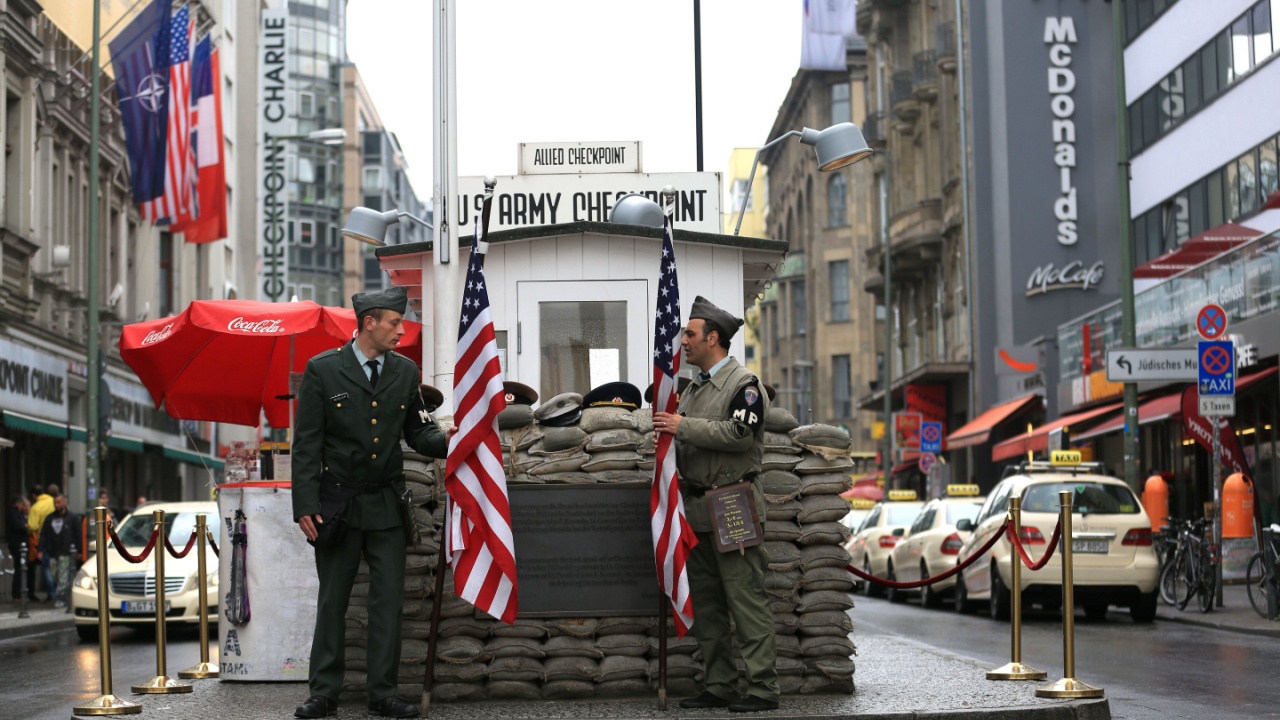
A noticeable increase in military or police presence can sometimes signal that authorities are preparing for potential unrest. However, it can also be due to other factors, such as planned large-scale events or routine security measures. It’s essential to consider the context of the increased presence.
10. Community Tensions
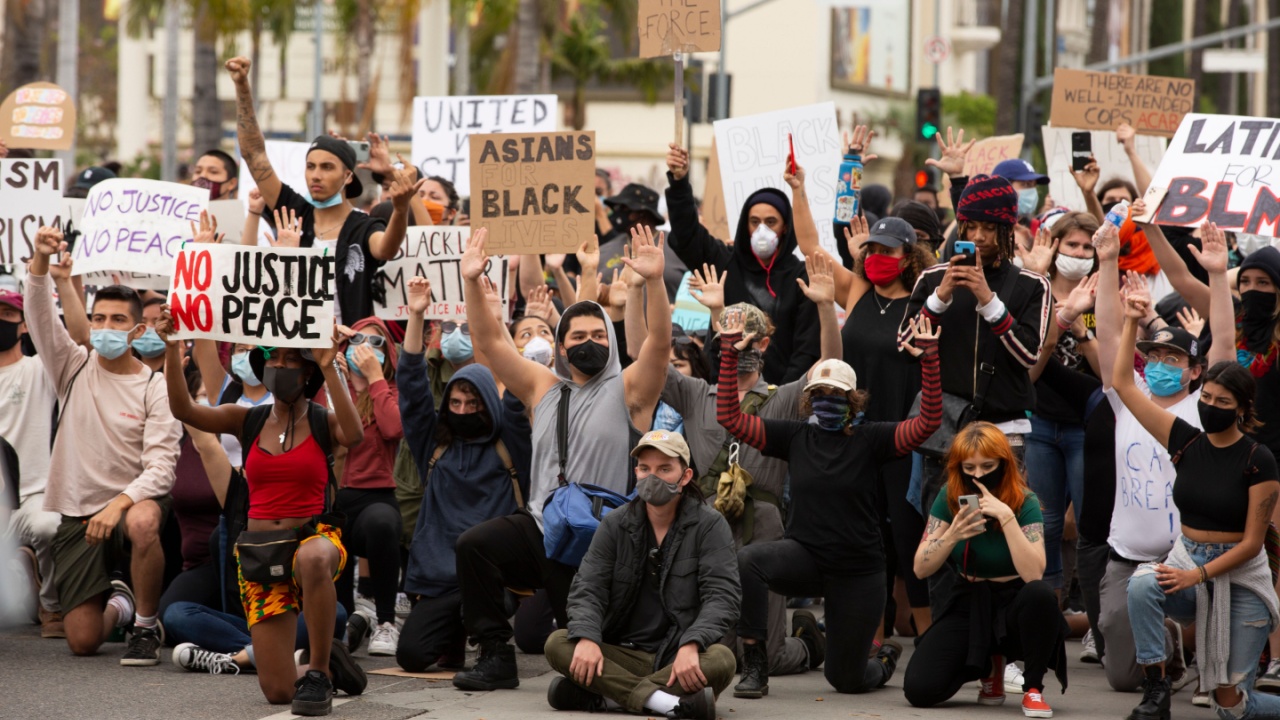
Rising tensions between different community groups, such as racial, religious, or economic groups, can be a sign of social unrest. When people feel divided, it can lead to conflicts and violence. Observe interactions within your community to gauge the overall mood. Listen to local community leaders and influencers for their perspectives.
11. Spread of Rumors

The spread of rumors and misinformation can create fear and uncertainty. When people don’t know what’s true, they may become more anxious and prone to panic. Stay informed by checking reliable news sources and avoiding unverified information. Educate those around you about the importance of verifying information before sharing.
12. Emergency Declarations
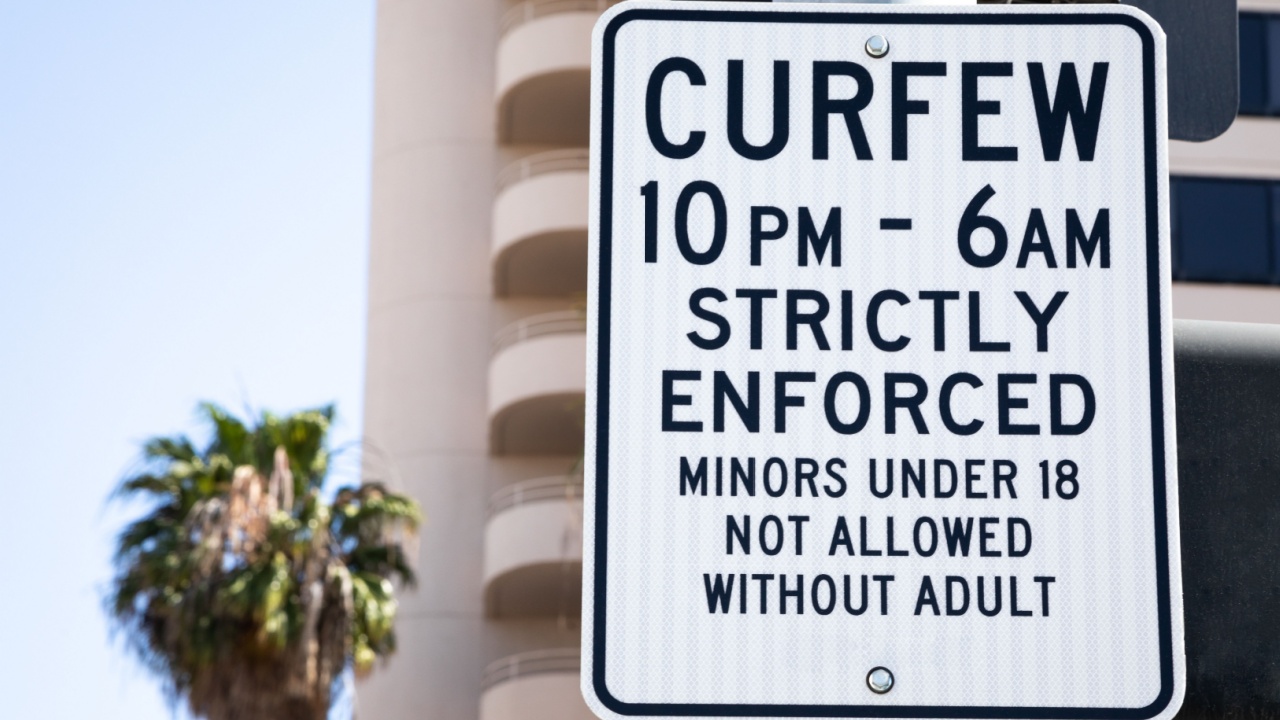
Declarations of emergency or martial law can indicate that authorities are preparing for or responding to unrest. These declarations often come with restrictions on movement and other freedoms. Be aware of any official announcements and understand what they mean for your safety. Prepare for potential curfews or other restrictions that may affect your daily life.
Best Regions in the U.S. to Escape to When Society Collapses
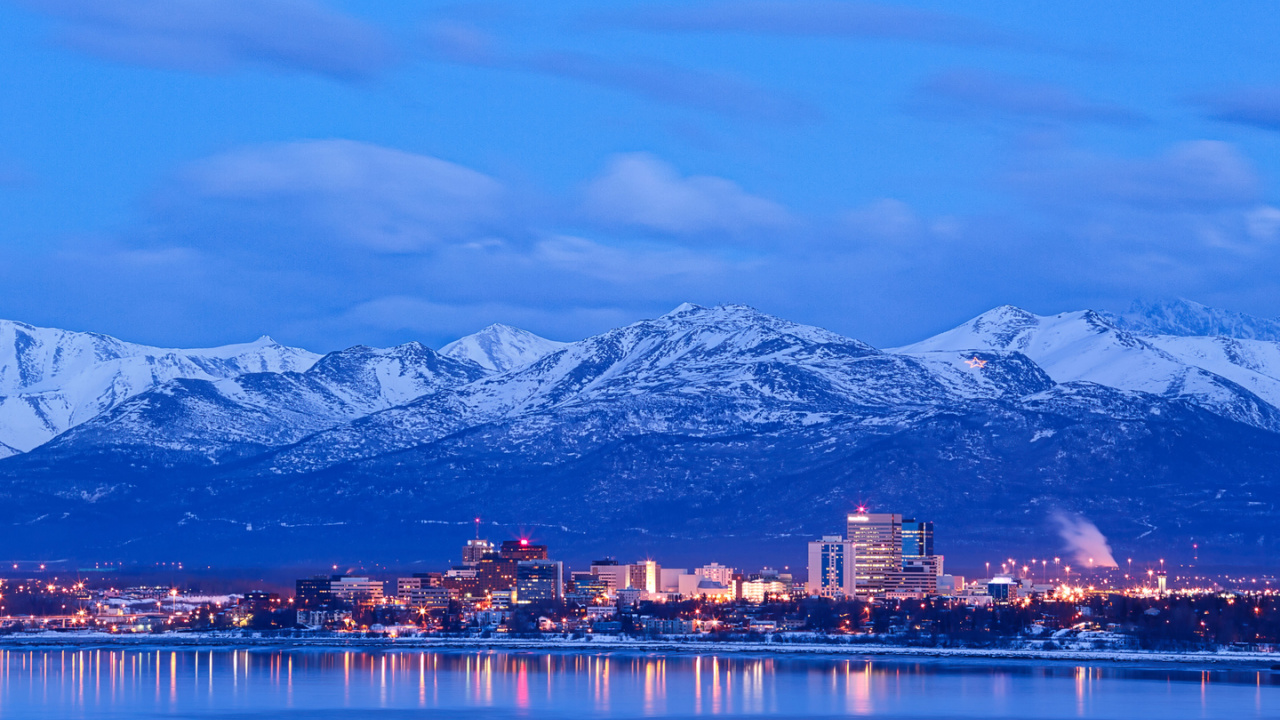
Choosing a refuge in the event of societal collapse involves weighing the pros and cons of each location against your personal preparedness goals and abilities. Whether you’re drawn to the solitude of the desert or the protective heights of the mountains, the key is finding a place that offers safety and the opportunity for growth and renewal.
31 Ways to Boost Home Security: How to Fortify Your Fortress and Deter Burglars

We sadly live in a society where it’s all too common for criminals to want to take what we’ve worked hard to get. The results of a break-in are traumatic, too. Beyond just losing your stuff. Victims often feel violated, anxious, and unsafe, sometimes for years after the event.
Prevention is the best way to stay safe. And, while you shouldn’t have to turn your home into a fortress, that’s the stark reality of our world. But you can take plenty of simple steps to deter burglars and ensure your home is less attractive to would-be thieves.
20 Crucial Supplies for Surviving a Societal Collapse

In the face of uncertainty, being well-prepared gives you at least some degree of control and security. The thought of a societal collapse, while extreme, prompts us to consider how we might endure without the conveniences of our current lifestyle. Here’s a list of 20 essential items that could prove indispensable in such a scenario. This guide isn’t about succumbing to fear but embracing preparedness and resilience.



